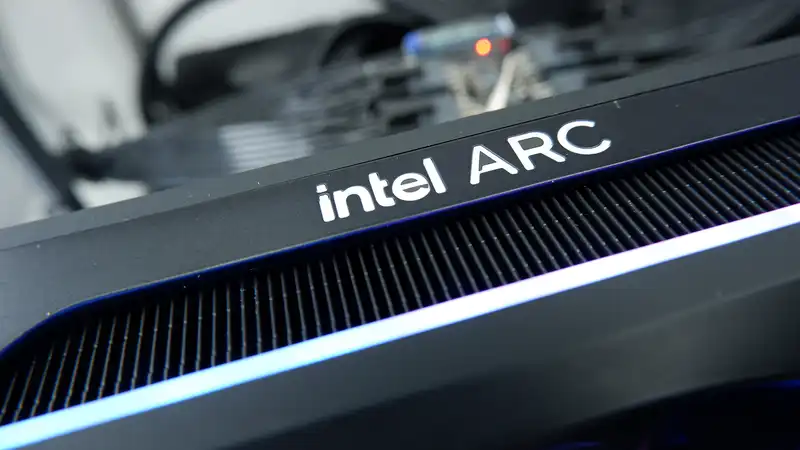Proponents of generative AI seem to believe that such a system will bring serious improvements to your productivity and work. However, Intel believes that users who own Arc graphics cards should be able to have fun and tinker with AI. To that end, Intel has released a beta version of AI Playground, a free, open-source application that allows users to generate and edit AI images and have meaningless conversations with chatbots using Alchemist GPUs.
Intel first teased AI Playground at Computex earlier this year, and now a public beta version of the app is available for Windows download. Unfortunately, it does not work with other GPUs.
If Python is not installed, installation involves obtaining a copy of Python from the Internet. If you have Python on your gaming PC and it crashes when you run AI Playground, it is probably a version conflict and the only option to fix the problem is to remove all instances of Python you currently have at this time.
The main functionality of AI Playground is a text-to-image and image-to-image generator that uses Stable Diffusion 1.5 as its primary model. Of course, you can try this system with Hugging Face's online generator without having to use Intel's app, but the idea behind AI Playground is that everything runs locally.
I tried it out using an Arc A770 with 16 GB of VRAM, and the first thing I noticed was that the installation process is quite long. If you have a slow internet connection, be prepared for the whole process to take a while to complete. Once complete, you can launch the application and wait a few seconds for it to initialize.
Now, not immediately. The moment I entered the text to generate the image, the app spit out a message that the correct AI model was not installed. Another download (this one a little faster than the others) and bingo! My first piece of generative AI art nonsense was created.
The results of just using the “astronaut on horseback” were not bad, but what really surprised me was how fast it took less than 4 seconds to generate a 512 x 512 image. Interestingly, the Intel system automatically includes two negative prompts, bad hands and nfsw.
From here, the created image can be passed to the inter-image generator. This generator provides upscaling, inpainting and outpainting to enhance the created image (or any other image). Each system requires further model downloads, which gets a bit annoying after a while.
These tools are a bit slower than standard image generators, but we were still impressed with how easily the Arc A770 handled the task; Intel's Alchemist GPU is not the fastest in the game, but thanks to the matrix units packed to the hilt It is cracking as a small AI machine.
Finally, the chatbot, which uses Microsoft's Phi 3 model to handle all the generative shenanigans. It is a bit buggy and takes a couple of times before it actually works and responds. I am not particularly interested in these systems. I can admire the technical wizardry behind them, but using them does nothing for me.
But the fact that this is all free, local, and fast (with the right Arc graphics card) makes Intel's AI Playground a nice little tool to play around with for a while. But for the right person it is a useful tool, and a little praise for Intel is a good thing. I am not a robot.


Comments